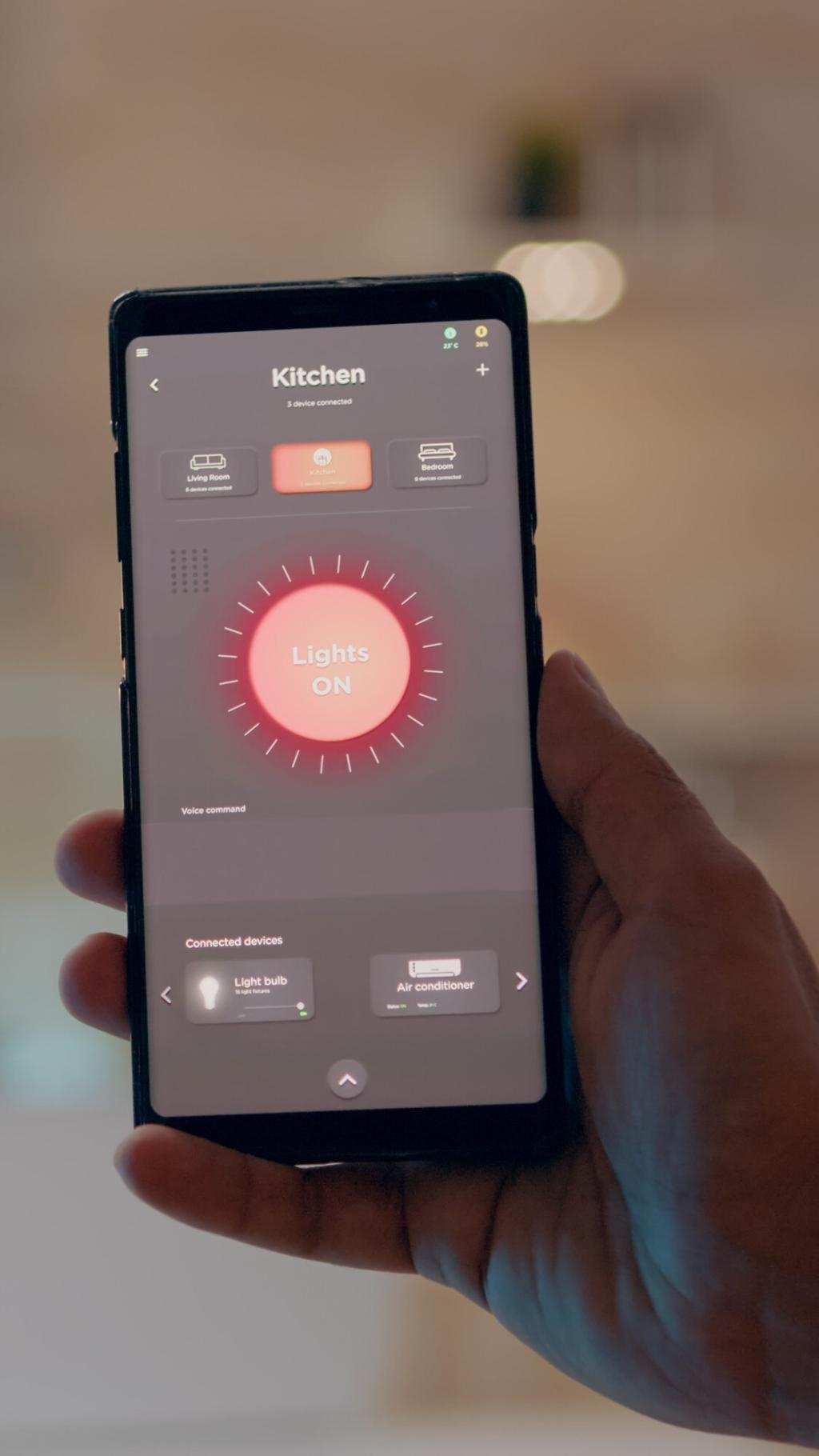Smart home automation has revolutionized the way we live, offering unparalleled convenience, increased safety, and energy efficiency. By integrating intelligent devices, you can control various aspects of your home environment with just a few taps or voice commands. However, creating a truly smart living space goes beyond installing a few gadgets. Thoughtful planning, security considerations, and seamless integration make the difference between a connected home and a smart one. In this comprehensive guide, discover valuable tips and strategies to maximize the potential of your smart home automation setup, ensuring it is effective, secure, and caters perfectly to your unique lifestyle needs.
Choosing the Right Smart Devices
When building a smart home, one of the primary considerations should be device compatibility. Not all smart gadgets work seamlessly together, and some are restricted to certain ecosystems such as Google Assistant, Amazon Alexa, or Apple HomeKit. Before purchasing, check whether your devices can communicate via shared protocols or if you’ll need a hub to tie them together. Future-proofing your selection by researching device updates and manufacturer support ensures that your setup remains functional as technology evolves.

Previous slide
Next slide
Optimizing Energy Efficiency
Scheduling and Automation Rules
Automating schedules for lights, thermostats, or appliances ensures that devices only operate when needed. Configure routines such as turning off lights after everyone leaves or lowering the thermostat at night to save energy. Many smart hubs and apps allow you to create rules that adapt to your family’s habits, allowing for the perfect balance between comfort and efficiency with minimal manual intervention.

Enhancing Home Security and Safety
Real-Time Alerts and Monitoring
Installing smart cameras, door sensors, and motion detectors enables constant vigilance. These devices can send immediate alerts to your phone if unusual activity is detected. Even when traveling, you’ll have peace of mind knowing you can monitor live feeds, review footage, or remotely arm systems, ensuring issues are caught before they escalate.
Integrating Smart Locks and Entry Systems
Smart locks eliminate the need for physical keys and allow for remote access management. Grant temporary codes for guests or deliveries, track entry logs, and lock doors from afar. These systems add another layer of convenience and security, allowing you to tailor access to your home with unparalleled flexibility and control.
Automating Emergency Responses
A truly smart home prepares for the unexpected. Integrate smoke detectors, water leak sensors, and carbon monoxide alarms with your automation system so they can notify you instantly of potential dangers. In some cases, you can even automate responses like turning off water mains or unlocking doors for emergency responders, ensuring rapid action when every second counts.

Morning and Nighttime Routines
Automate routines that ease transitions throughout the day, such as gradually brightening bedroom lights to simulate sunrise or ensuring all devices power down at bedtime. These routines can be triggered by schedules, alarms, or even voice commands, creating a more peaceful start and end to your day while also conserving energy.

Customized Scenes for Activities
Set customized scenes that instantaneously adjust multiple devices for particular activities—whether you’re watching a movie, hosting dinner, or working from home. For instance, a “Movie Night” scene could dim lights, draw curtains, and turn on the TV with a single command. These scenes save time and bring added enjoyment to your favorite household moments.

Voice Assistant Integration
Hands-free control through voice assistants like Alexa, Google Assistant, or Siri streamlines countless tasks. Whether adjusting thermostats, setting reminders, or controlling multiple devices simultaneously, voice commands simplify your interactions. Setting up context-aware phrasing ensures your smart home responds accurately to everyone’s needs, making technology feel natural and accessible to all family members.

Managing Permissions and Data Sharing
Always review the permissions you grant to smart home apps and devices. Limit access to only essential functions and information, such as location or microphone use. Be cautious of devices that require excessive data sharing, and prioritize manufacturers with transparent privacy policies. Regularly auditing permissions helps maintain your data sovereignty.
Protecting Accounts with Strong Passwords
Set strong, unique passwords for device accounts and associated applications. Two-factor authentication provides an additional layer of protection, guarding against unauthorized access. Change default credentials immediately upon device setup, as manufacturers’ default passwords are often publicly available and susceptible to hacking attempts.
Disabling Unnecessary Features
Many smart devices come with capabilities you may never use, such as remote access, cameras, or always-on microphones. Disable any features not in use to minimize exposure and entry points for attackers. Continuously review device settings after firmware updates to ensure disabled features remain off, preserving your privacy as technology changes.
Ensuring Seamless Integration
Consolidating your smart devices under one platform or ecosystem simplifies management. Choosing a main hub—whether physical like Samsung SmartThings or virtual like Google Home—prevents fragmentation and ensures devices communicate without glitches. This centralization eases routine creation, troubleshooting, and expansion as you add more devices.
Leverage available triggers like motion sensors, geofencing, or weather data to create context-aware automations. For example, have lights activate when you enter a room or adjust blinds based on sunlight levels. Such integrations blur the lines between device categories, creating a truly intelligent environment that responds proactively.
Test your automations regularly to ensure they work as expected. This includes verifying sensor sensitivity, scene reliability, and device responsiveness. Proactive troubleshooting identifies minor issues early, preventing frustration and ensuring your setup always operates at peak performance without downtime or confusion.
